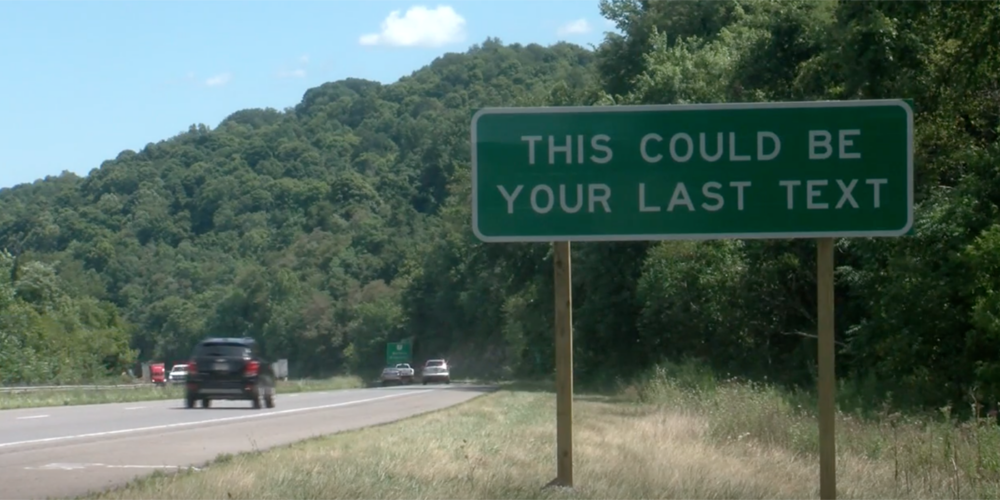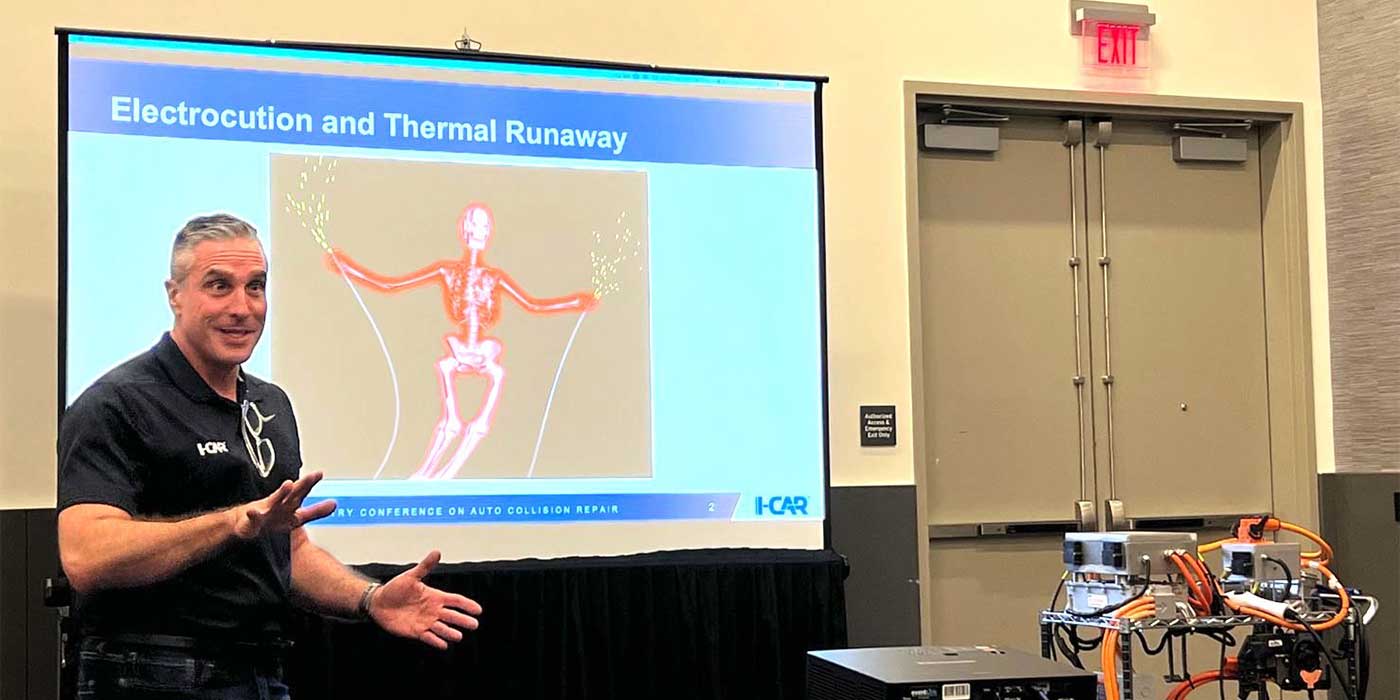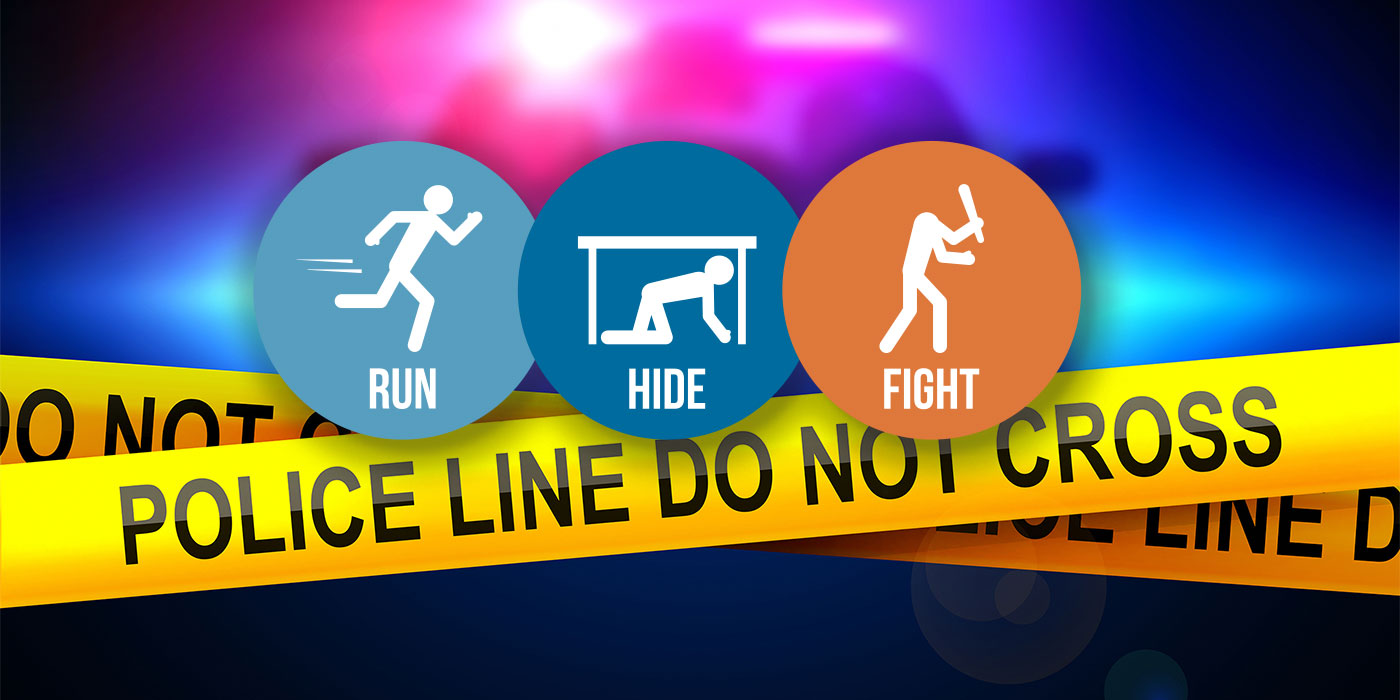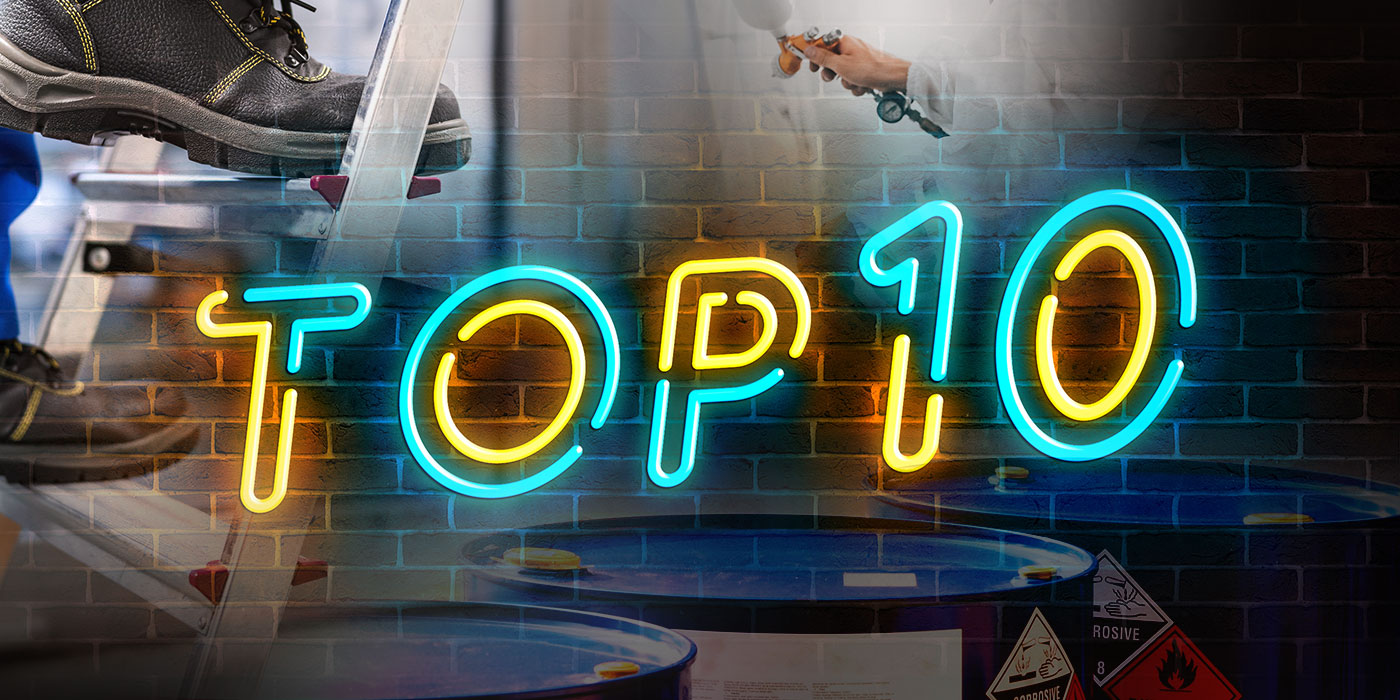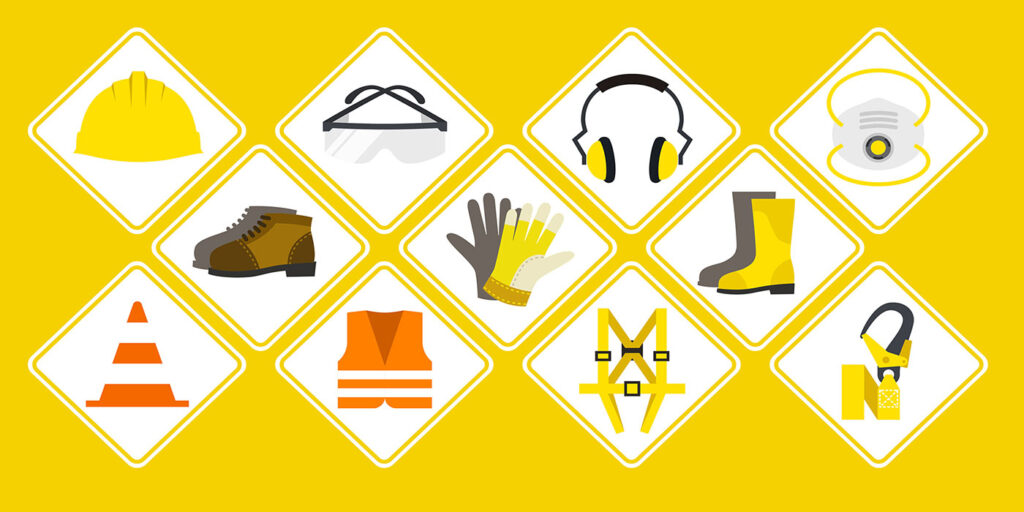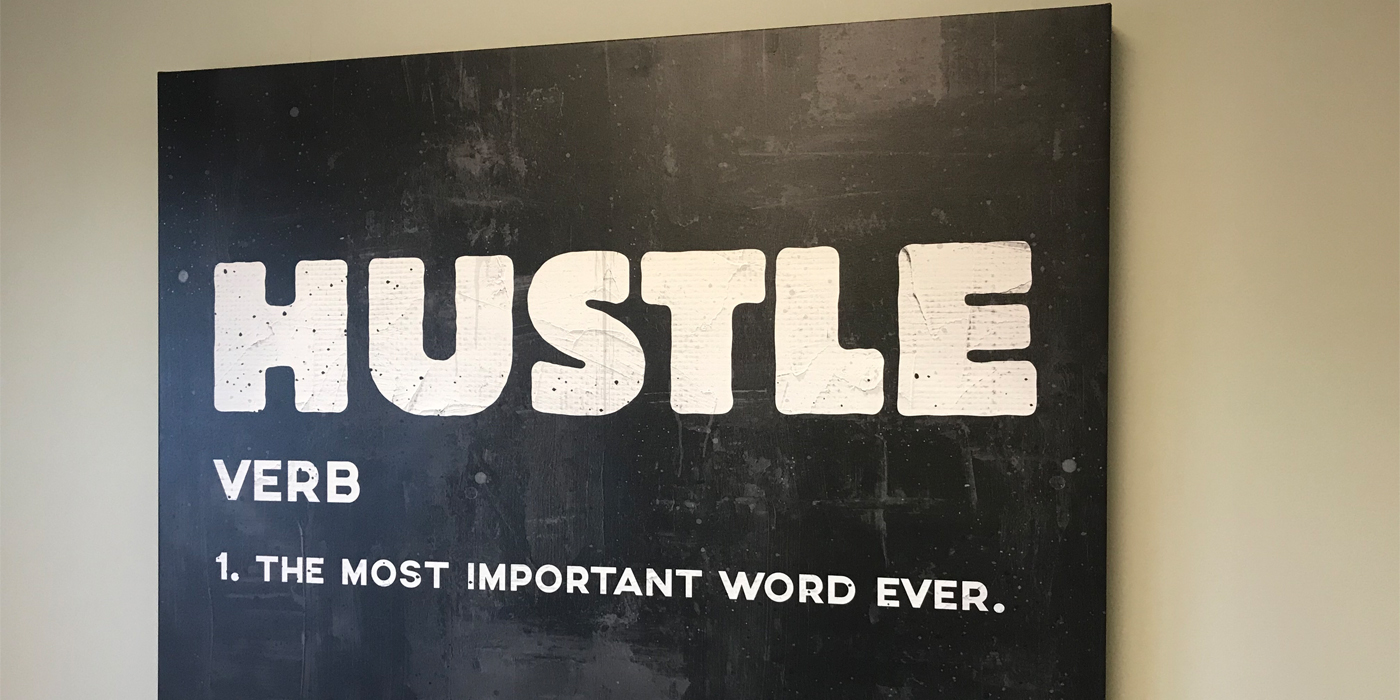First off, let me thank you for the compassionate and concerned response you had for my son after I wrote about his car accident in my last column. He’s one lucky young man, and we’re all glad he was not injured.
The other day, I was embarking on my commute home from work, slogging up “the hill” on I-77 North, a two-lane stretch of incline notorious for slow drivers in the speed lane and semi trucks struggling to motor up the long slope, and I noticed a sign on the right in the typical green color highway signs feature: “This Could Be Your Last Text.” Wow! What a powerful and impactful sign. I couldn’t help but think of my son’s accident caused by a teenager on his phone.
Texting and driving is an epidemic. The next time you’re at a red light, look to the right of you. The left of you. Behind you. Everyone is on a phone. Then watch as the light turns green and you take off and the person behind you is still sitting there, looking at his or her phone.
The problem is that we’re all addicted. Check out “The Social Dilemma” some time, a documentary on the damning effects of social media. Scary stuff. The premise is that basically a handful of tech designers have taken control over the way billions of us think, act and live our lives. It’s because they got into the science of how our brains work. That’s why emojis were created and the little chimes or other sound effects that tell us a text has come in, or someone has liked our post or whatever. It’s almost like our phones are little slot machines, sending us dopamine rushes. We’ve basically become like Pavlov’s dogs, where we are conditioned to salivate when a bell is rung.
Because we’re addicted, this problem is not easily fixable. And I’m not sure laws will help. Accidents are our business, and they mean money to us, but we don’t want people to die. There are plenty of other causes of accidents besides phones adding to them. And even with advanced driver-assistance systems (ADAS), we still need to pay attention.
Perhaps messages like the one I saw the other day will help … that is, if people see them and aren’t looking down at their phones!

